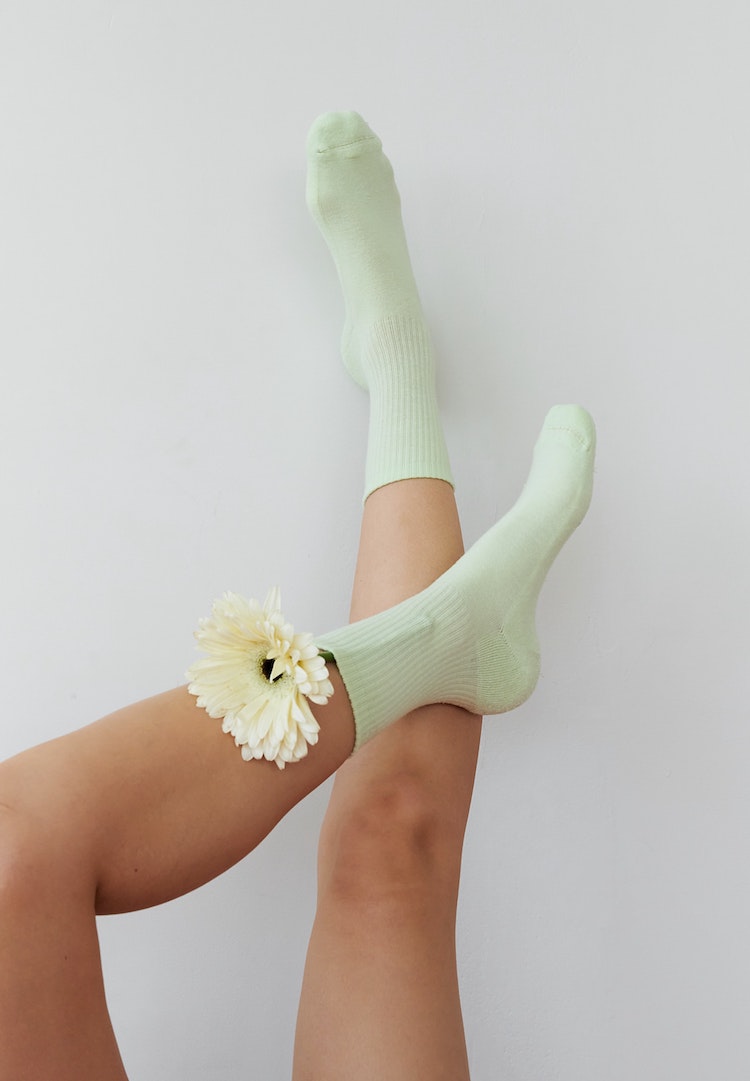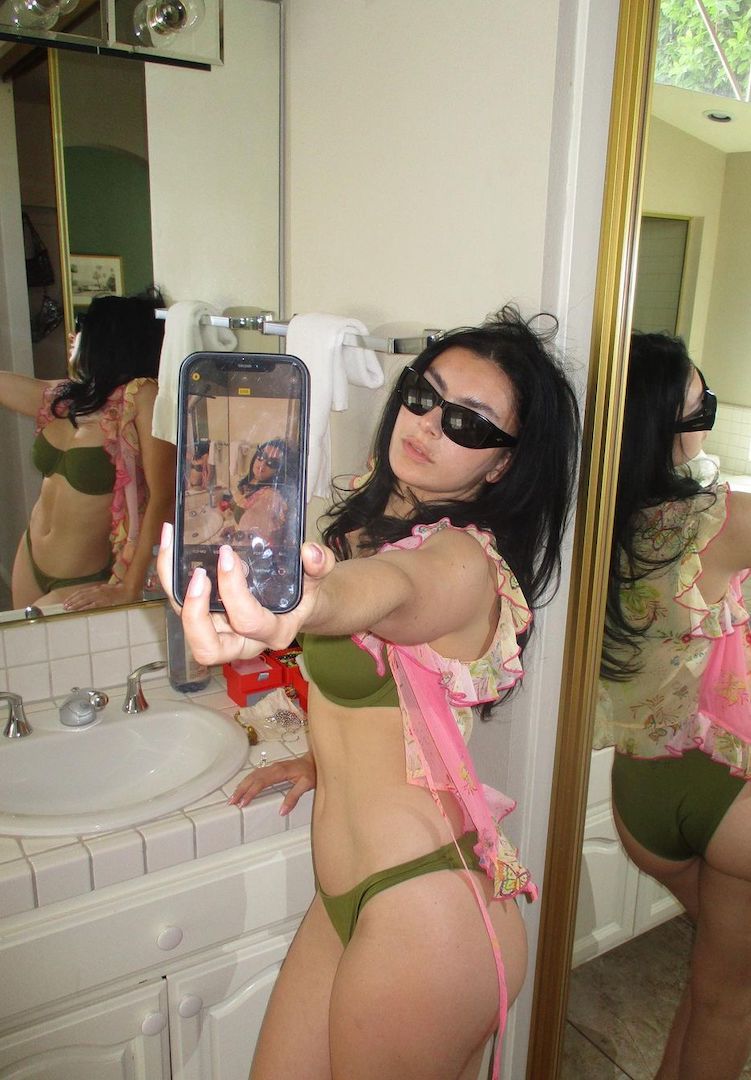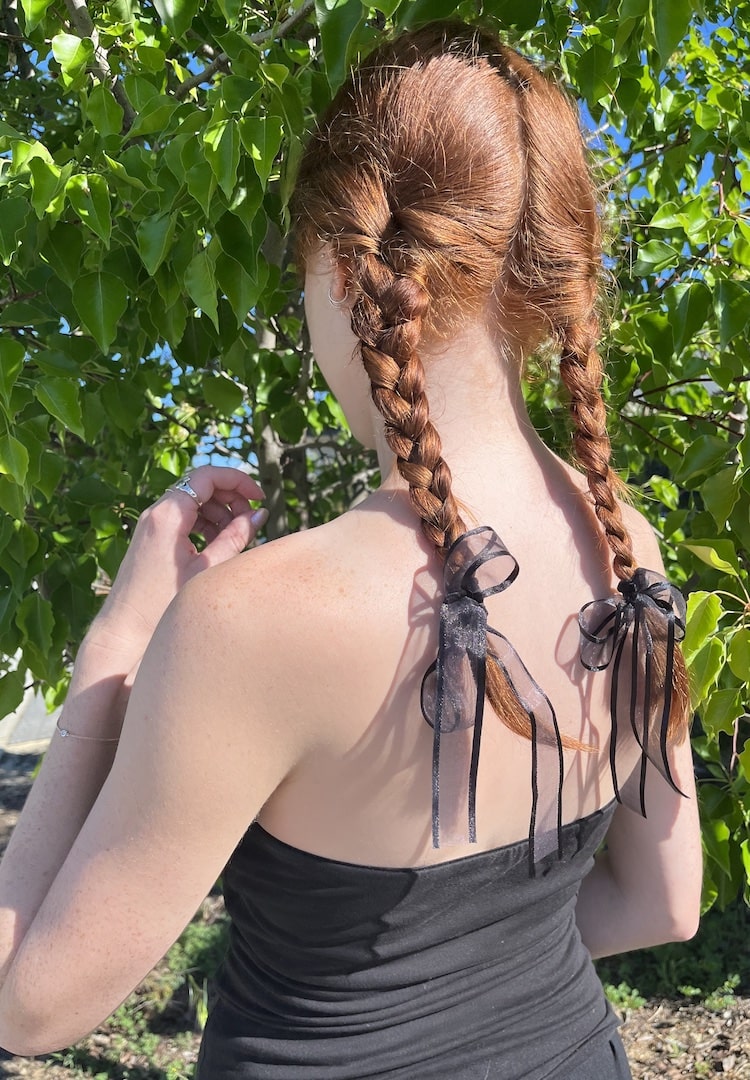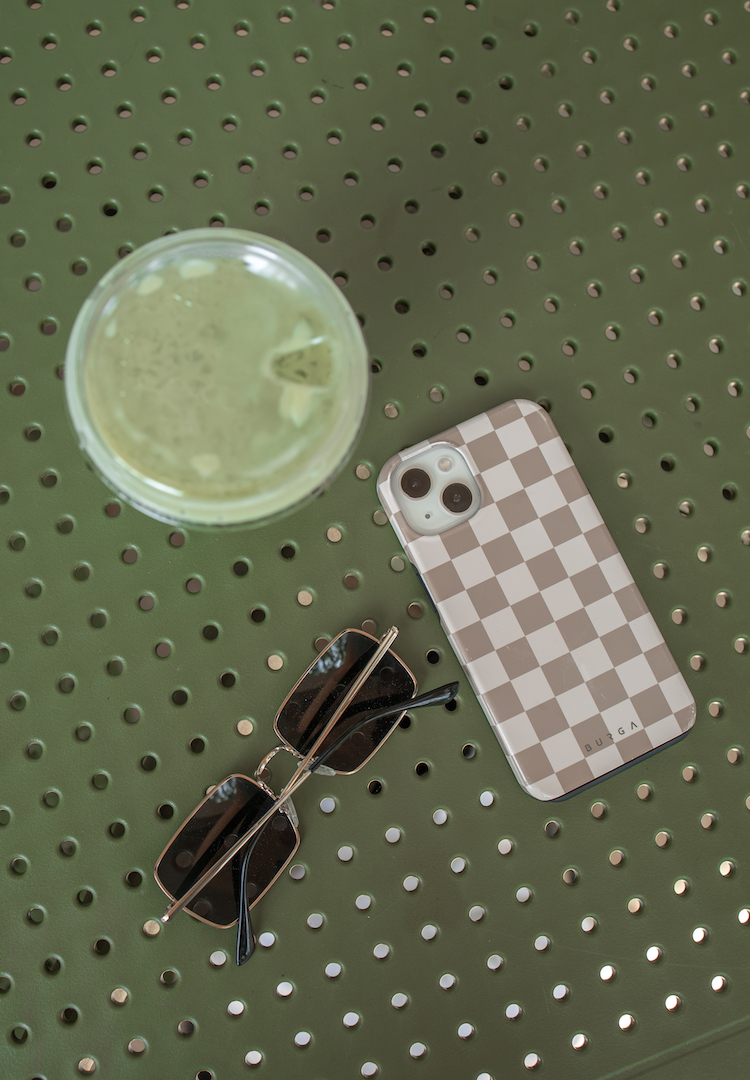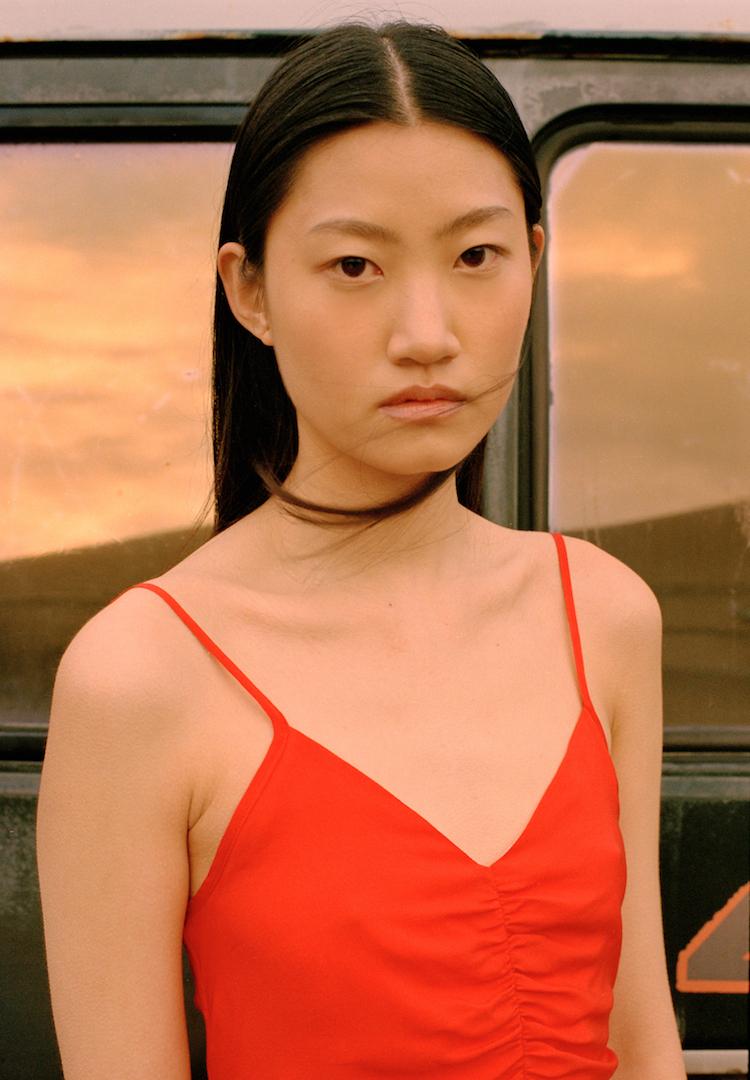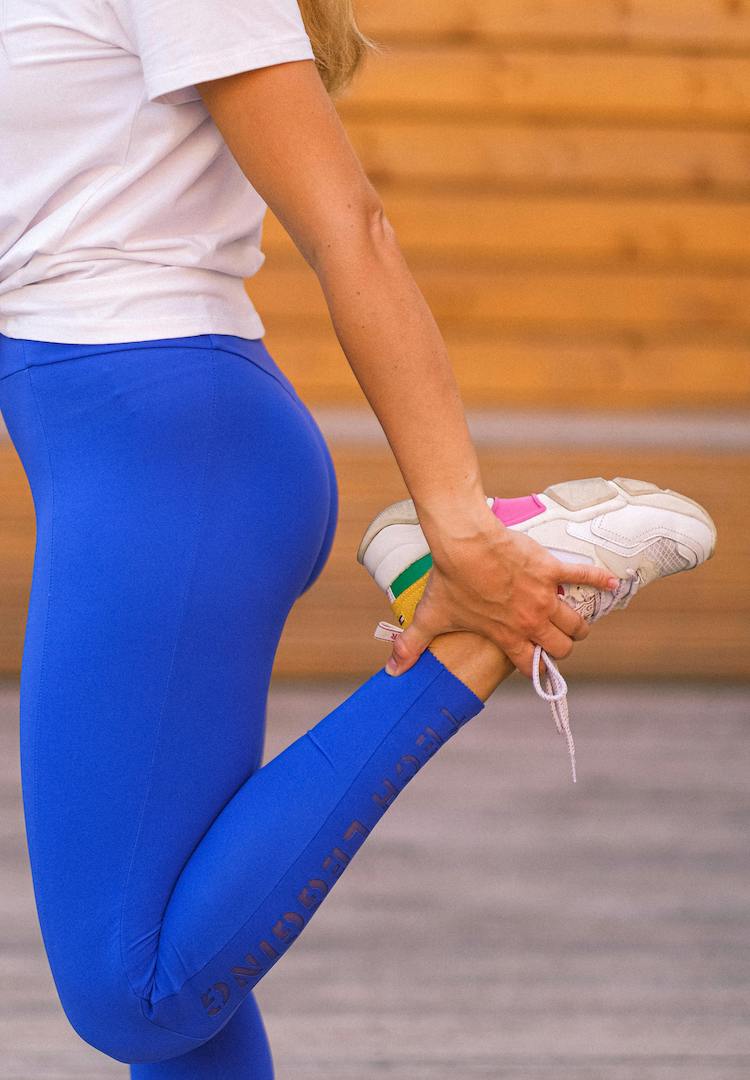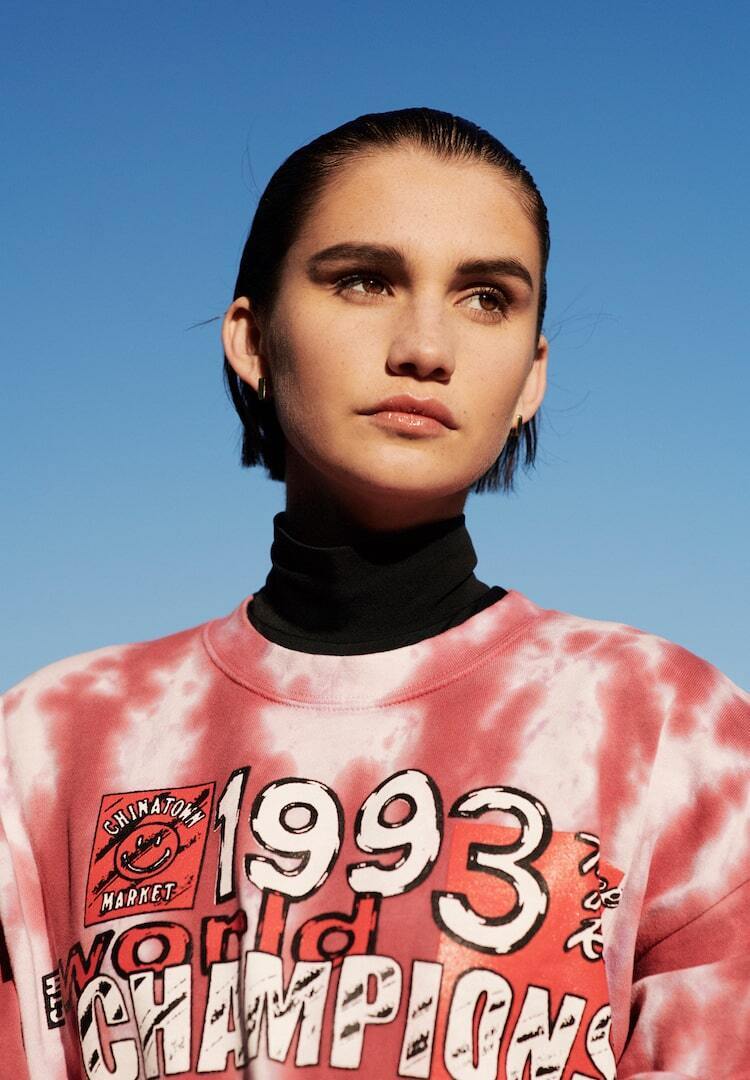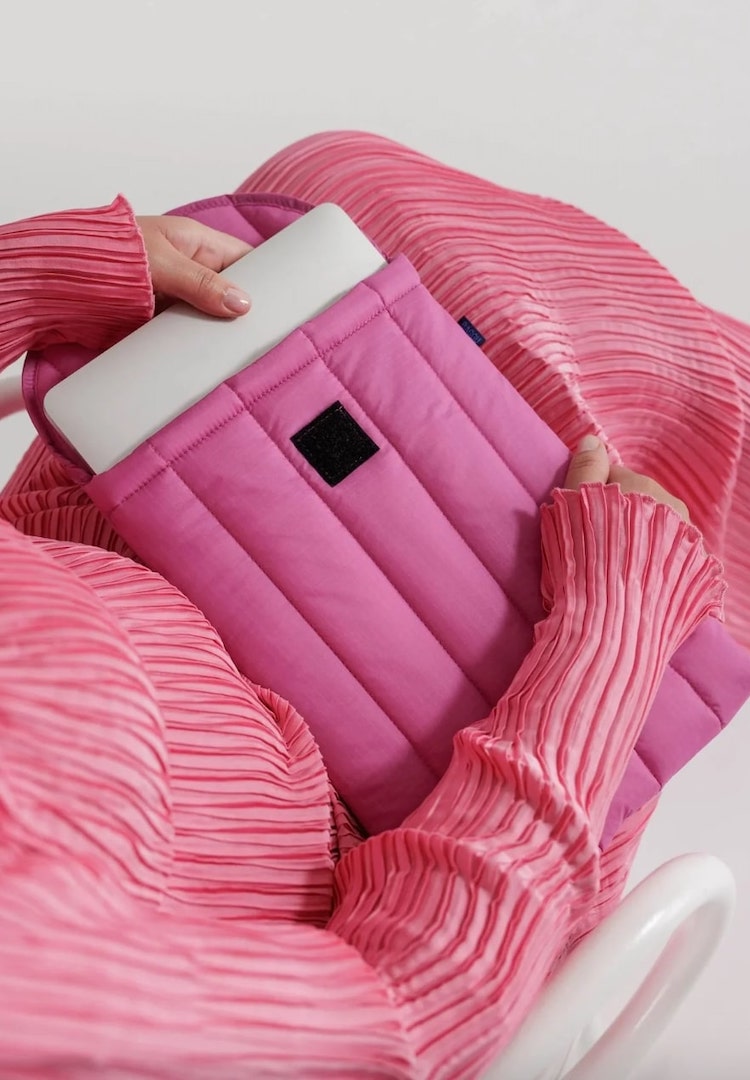Why we’re embracing ‘party girl’ beauty and rejecting wellness culture
IMAGE VIA @charli_xcx/INSTAGRAM
WORDS BY ELLA TAVERNER
“In a nutshell, it’s falling asleep next to a half-eaten McChicken meal with last night’s crusty eyeliner smeared onto your pillow.”
Have you ever been eight proseccos deep, dancing in someone’s dingy, smoke-infused garage only to go into the bathroom and catch a glimpse of your glistening, sweaty visage? Despite looking like a sewer rat with mascara on your chin, you’re pleasantly impressed with the glow you’ve got going on, and demand your friend take some blurry photos on your cracked iPhone 6. This, my sweeties, is party girl beauty at its finest.
A term first coined in a now-viral TikTok video by The Digital Fairy, a London-based creative agency specialising in youth internet culture, party girl beauty is the embodiment of messiness and an ode to imperfection. Inspired by a post-pandemic return to late nights and authentic relatability, The Digital Fairy describes it as “subverting the idea of wellness, with a focus on living less rigid lifestyles”.
We like nosy people. Don’t be shy, head to our Beauty section for more.
The trend is rooted in ’90s and ’00s nostalgia and takes inspiration from the likes of OG party girl Paris Hilton and it-girl of the moment, Julia Fox. In a nutshell, it’s falling asleep next to a half-eaten McChicken meal with last night’s crusty eyeliner smeared onto your pillow. And while some may not be on board with getting wasted on a Wednesday, it’s certainly a refreshing progression from the pervasive #ThatGirl trend that’s infiltrated our social feeds for the past few years.
@thedigifairy The indie sleazification of skincare 🍝#4am#badhabits#cerave#emmachamberlain#2022trends@badhabitbeauty #indiesleaze#beautytrends#thatgirl ♬ Pretty – Coco & Clair Clair
With the recent rise of goblin mode and the revival of indie sleaze in the fashion world, it was only a matter of time before we saw a revolt against the highly-curated and often unattainable clean girl beauty trend – an aesthetic defined by celery juice, Dyson Airwraps and matching Tupperware. It’s no surprise the trend neatly fused with the decade’s toxic obsession with wellness, hitting a cultural peak during the pandemic.
The #ThatGirl trend, which has currently surpassed over 4.2 billion views on TikTok, sees the commodification of insecurities and unrealistic beauty standards under the pretence of wholesome wellness. A quick dive into the hashtag on TikTok reveals thousands of videos of young, typically White girls with immaculate skin and shiny hair, selling the idea that having clear skin and a 12-step beauty routine will result in a better life and a superior moral compass.
Enter the antithesis: party girl beauty. While we’ve come a long way from emulating the heroin chic aesthetic of the ’90s, party girl beauty takes inspiration from fashion’s current Y2K chokehold, demonstrated through glittery Euphoria-eque rhinestones and messy kohl liner. As we see a social shift into the ‘casual’ Instagram trend, where vulnerability is favoured through relatable photo dumps, Gen Z and millennials across the globe are reclaiming their individuality and ‘flaws’ through the lens of authenticity.
Embraced by pop girlies like Charli XCX, Dua Lipa and Miley Cyrus, pioneers of the DIY, messy beauty look, party girl beauty is frosty, metallic eyeshadows, shiny, imperfect skin, flushed cheeks, clumpy mascara and grungy eyeliner. But it’s not just celebrities and pop stars that are leaning into the trend.
View this post on Instagram
Beauty brands like 4am Skincare, Emma Chamberlain’s Bad Habit and Kesha Rose Beauty (founded by a true party girl icon) have centred their branding and ethos around the trend, marketing to those of us who find themselves stumbling home in the early hours of the morning.
Late last year, Y2K makeup trend forecaster Fiona Co Chan launched her highly-anticipated makeup brand Youthforia, specialising in “makeup you can sleep in”. The brand was quick to become a Gen Z cult staple, thanks to both its design innovation and playful branding.
View this post on Instagram
But what might be the most notable takeaway from the rise of party girl beauty, is our generation’s rejection of the healthy/unhealthy binary. Rising early to go for a run during the week doesn’t mean you can’t enjoy a 4am Saturday night call time, and drinking green juice in the morning doesn’t mean you can’t enjoy a $15 burger and beer deal at the local pub, while you have a sneaky puff on your friend’s vape.
View this post on Instagram
Whatever your beauty routine, party go-er or not, I suggest leaning into the party girl beauty ethos. After all, beauty should be about having fun – it’s a tool for self-expression, not a mould we should try and squeeze into.
This article was originally published on September 09, 2022.
For more on party girl beauty, head here.

